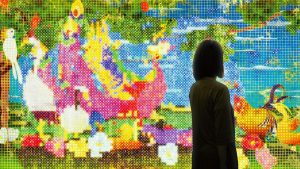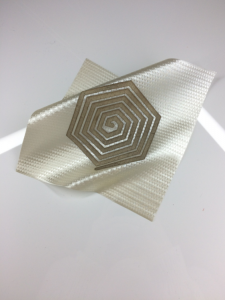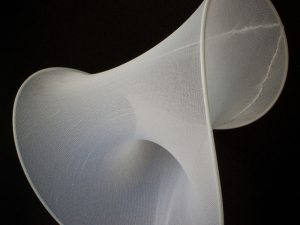function setup() {
createCanvas(600, 600);
background(255);
}
function draw() {
//%60 More handsome Sheenu
noStroke();
//Awesome Background
fill(44,86,159)
ellipse(300, 300, 550, 550);
//Neck
fill(202, 153, 101);
triangle(391, 203, 300, 1000, 190, 203);
//Shirt
fill(255);
arc(290, 550, 400, 300, PI, 0, CHORD);
//NeckCollar
fill(202, 153, 101);
ellipse(293, 400, 148, 130);
//Hair BACK
fill(16,38,77);
rect(160, 90, 263, 240, 60);
//Head
fill(222,182,139);
rect(172, 116, 240, 240, 60);
triangle(393, 340, 300, 400, 191, 340);
strokeWeight(35);
stroke(224, 141, 90);
line(220,253,360,253);
stroke(0);
noStroke();
//Hair FRONT
fill(16,38,77);
quad(183, 116, 400, 116, 410, 150, 169, 180);
triangle(160, 150, 170, 300, 190, 160);
triangle(370, 130, 420, 270, 420, 150);
triangle(160,180, 230, 140, 260, 200);
//Random Rectangle that Hides Stuff
fill(255);
rect(1,550,450,600);
//Ears
fill(222,182,139);
ellipse(175, 250, 50, 70);
ellipse(407, 250, 50, 70);
//FACE
//Eyes
stroke(5, 19, 46);
strokeWeight(20);
line(200, 220, 260, 220);
line(320, 220, 380, 220);
strokeWeight(5);
line(220, 250, 260, 250);
line(320, 250, 360, 250);
strokeWeight(20);
fill(5, 19, 46);
ellipse(250,260,1,1);
ellipse(350,260,1,1);
//Nose
noStroke();
fill(202, 153, 101);
triangle(323, 310, 295, 330, 261, 310);
}
This project was really fun and also perfectly challenging. I am really happy with the way this turned out visually, especially since I made this %60 more good looking than me in reality. I tried using Photoshop to help me guide the coordinates for these shapes, but for some reason they did not match and the codes for Photoshop would put shapes in different places in the .js code. Making this face mostly took trial and error and took me a lot of time discovering and learning how to use new shapes like lines, triangle, and other complicated shapes. Other than that, this was pretty good and fun.
![[OLD FALL 2017] 15-104 • Introduction to Computing for Creative Practice](../../../../wp-content/uploads/2020/08/stop-banner.png)




